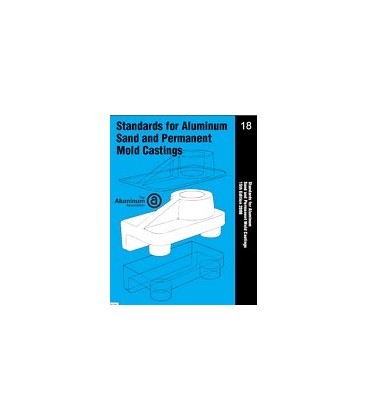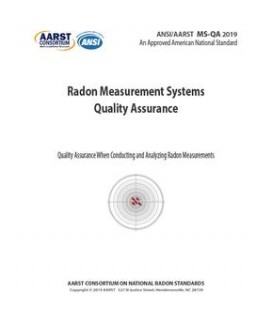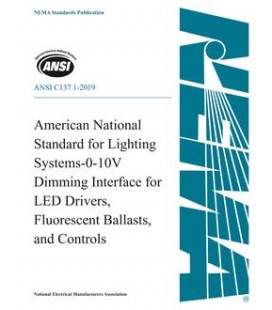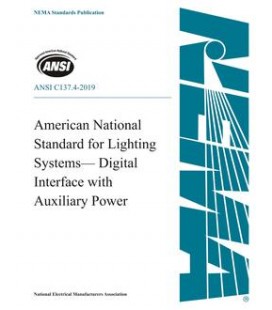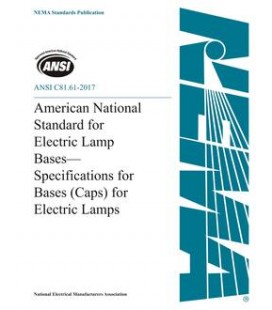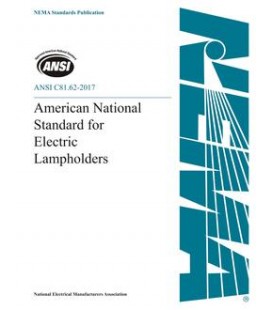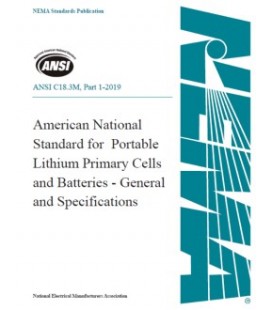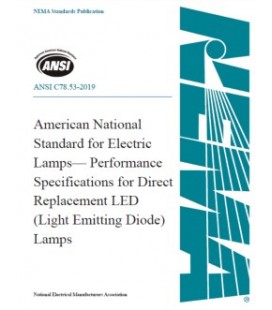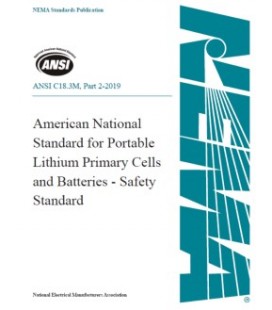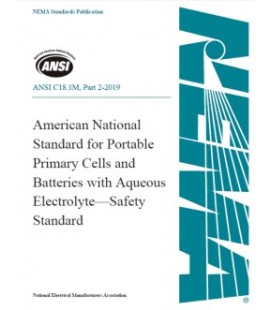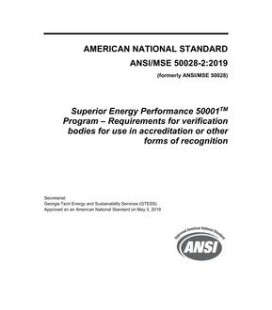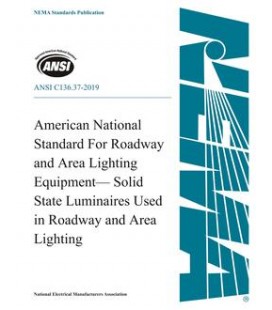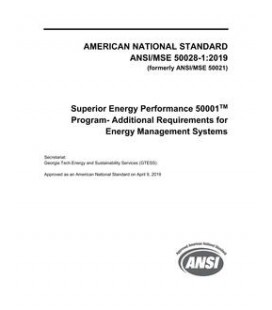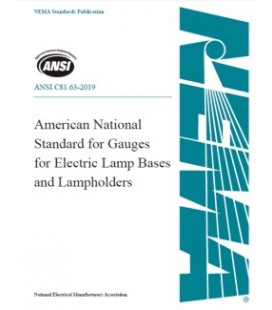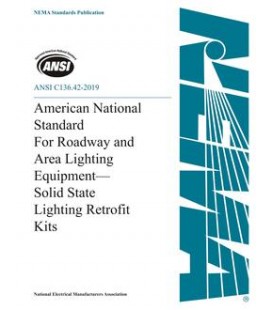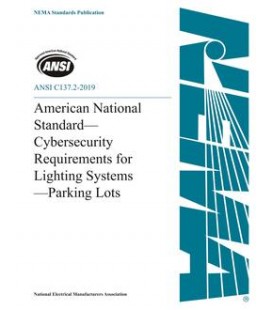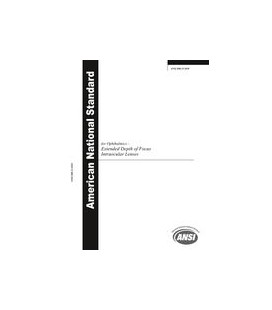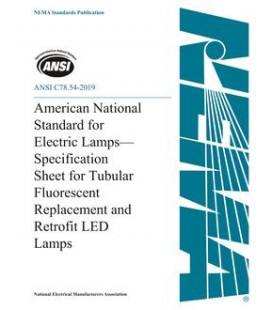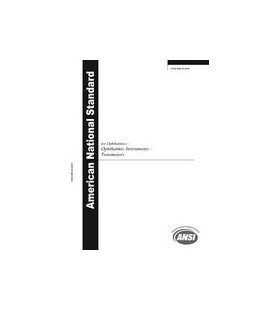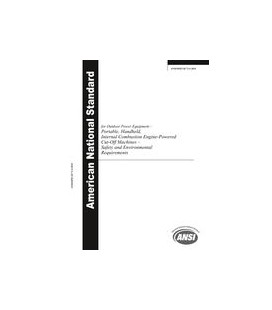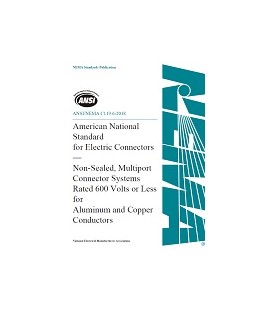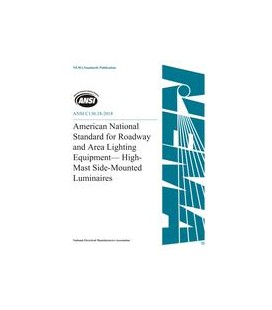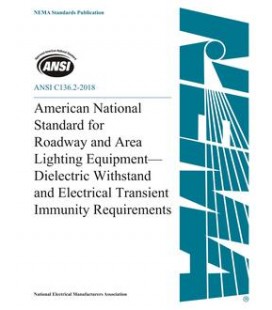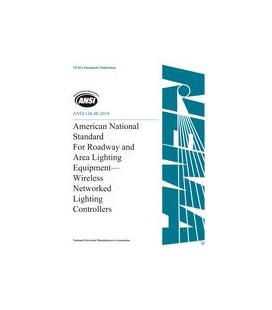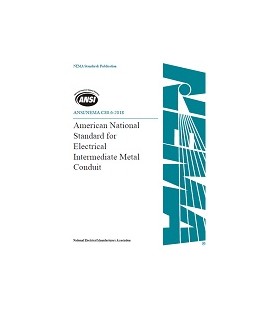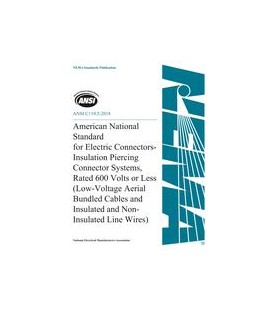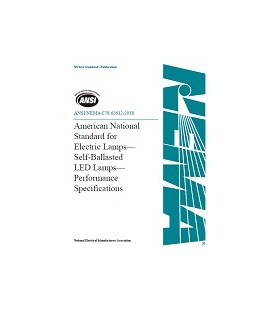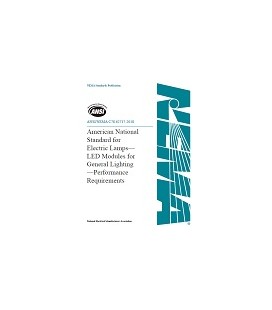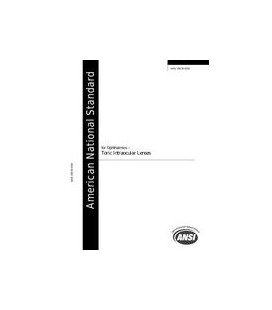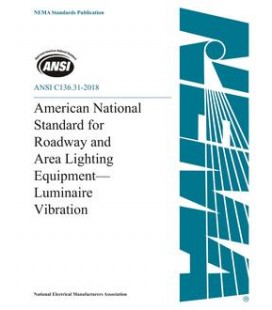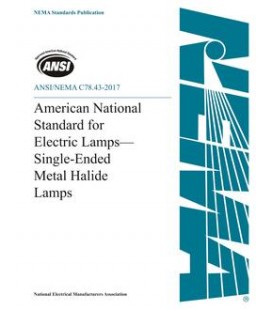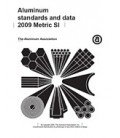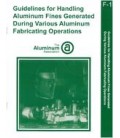Cart
0
0
item(s)
-
$0.00
No products
To be determined
Shipping
$0.00
Total
Quantity
Total
Product successfully added to your shopping cart
There are 0 items in your cart.
There are 0 items in your cart.
Total
AA SPC-18
AA SPC-18 Standards for Aluminum Sand and Permanent Mold Castings
standard by Aluminum Association, 07/01/2008
Reduced price!
M00004306
New product
Full Description
Permanent mold and sand castings can be produced with a variety of surface finishes, dimensional precision, finish allowances and drafts. The flexibility of these forms of castings give the engineer and manufacturer wide latitude in design to meet specific requirements. The Engineering Series is established for the individual requirements involved in producing a usable, unmachined casting consistent with normal production practices, reproducibility, reasonable mold or pattern life and maintenance costs, normal inspection, packing and shipping procedures. Special requirements for finish, tolerances, etc., beyond the standard may be specified where required although additional costs may be involved. Consultation with the foundry will usually result in such requirements being properly considered in the quotation and mutually understood. Conversely, more liberal values should be indicated where acceptable since they tend to keep costs to a minimum.These Engineering Standards are not designed to reduce quality level, lessen competition, restrict customerrequirements or increase costs. On the contrary, for the types of castings to which they may be applied, theprogram will improve understanding of quality levels, widen the area of available sources of supply, increasethe customer?s ability to distinguish special requirements, and reduce costs by eliminating the specificationof unnecessary rigid limits where they are not required.
This manual gives voluntary guidelines covering chemical compositions and physical and mechanical properties. Also covered are linear tolerances, draft requirements, machine-finish allowances, quality control and heat treatments. Provides engineering and metallurgical standards for users and producers, and coordinates American National Standards for casting and facilitates casting alloy, ingot and temper registration. Now with metric as well as U.S. units of measurement.
Includes editorial changes - July 2015 and 2015 Errata

